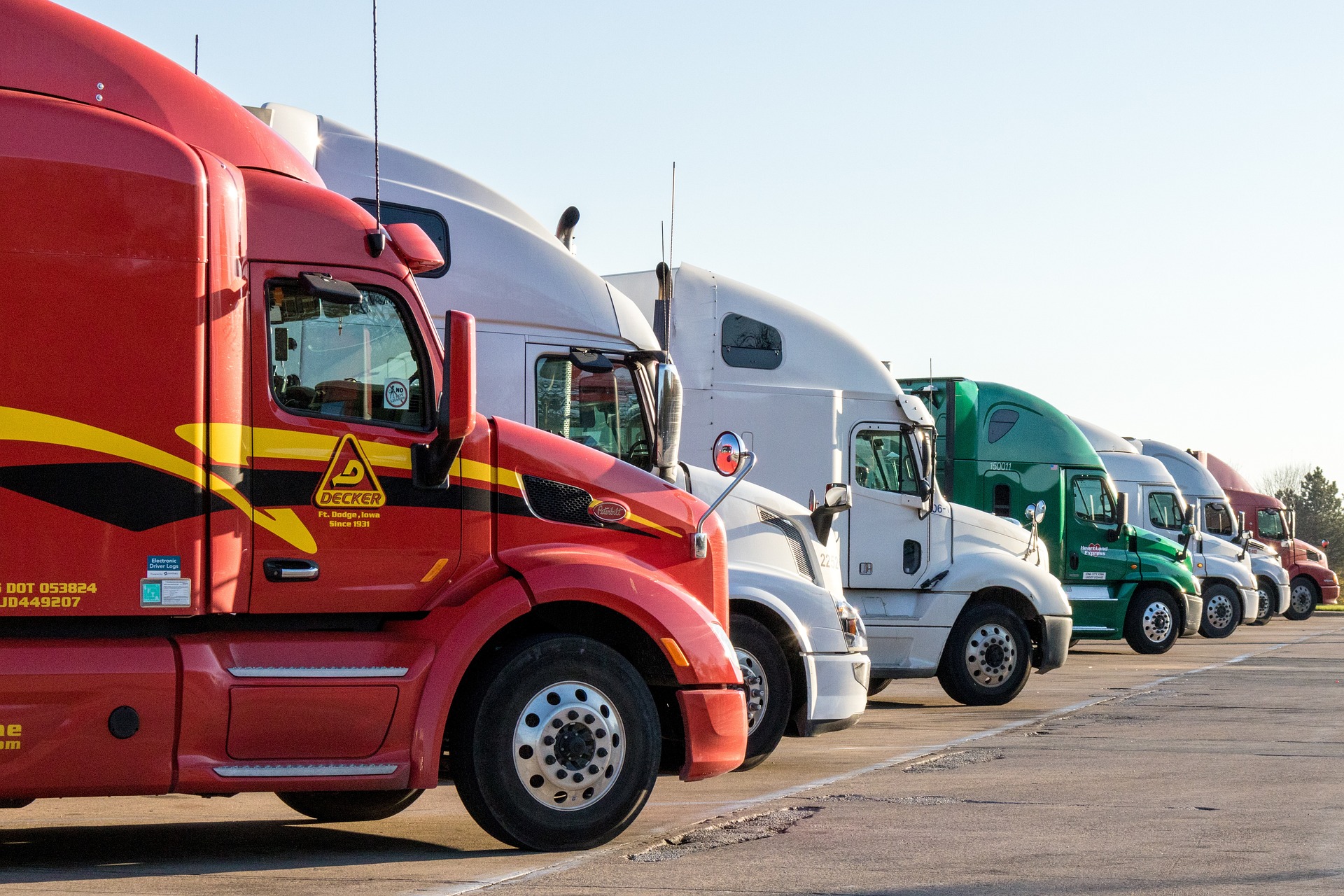Energy-efficient routing techniques for reducing operational emissions
Reducing operational emissions in transport relies on targeted changes to routing, scheduling, and vehicle use. This teaser highlights the broader approach: improving routing efficiency, leveraging connectivity and automation, and coordinating capacity across modes to lower fuel use and emissions across fleets and passenger services.

Operational emissions from transport can be lowered through targeted routing strategies and operational changes. This article explains energy-efficient routing techniques that balance logistics requirements with sustainability goals, showing how improved routing, multimodal planning, and capacity optimization reduce fuel use and idle time while preserving timeliness and service quality.
How can routing optimize fleet sustainability?
Energy-efficient routing begins with route selection that minimizes distance, avoids congested corridors, and accounts for vehicle characteristics in a fleet. Modern routing algorithms evaluate gradients, speed profiles, and expected stops to reduce fuel consumption. For fleets carrying cargo or passengers, consolidating stops and sequencing pickups to reduce empty miles supports sustainability while maintaining service windows. Combining routing with load-aware capacity planning helps match vehicle type to demand, lowering per-unit emissions across logistics chains.
Predictive tools and regular route audits further refine routing. By tracking route-level energy use and comparing alternatives, fleet managers can prioritize adjustments that yield tangible emissions reductions. These measures also inform maintenance schedules that preserve fuel efficiency, which complements route-based improvements.
What role does data forecasting and tracking play?
Forecasting demand and travel times informs routing choices that avoid congested periods and underused trips. Short-term forecasting of traffic conditions and cargo or passenger demand enables dynamic rerouting that reduces idling and stop-start driving, both of which increase emissions. Tracking systems provide real-time visibility into vehicle location and performance, feeding routing engines with the data needed to adjust routes for efficiency and timeliness.
Data-driven tracking also supports post-trip analysis. Aggregated telematics and fuel-use data let teams identify high-emission segments and test alternative routing scenarios. Over time, this creates a feedback loop where forecasting improves routing models and tracking validates predicted savings.
How does multimodal planning affect logistics capacity?
Multimodal routing integrates road, rail, inland waterway, and last-mile delivery options to optimize overall energy use rather than focusing on single-leg efficiency. For cargo networks, shifting long-haul segments to lower-emission modes while using optimized road routing for first and last miles can reduce total operational emissions. Capacity planning across modes ensures vehicles are well utilized, decreasing the number of trips needed to move the same freight volume.
Coordination between terminals, warehouses, and carriers enables scheduling that minimizes waiting times and transfers, improving throughput and reducing wasted energy. Multimodal solutions also open opportunities for modal-specific routing rules, such as choosing rail schedules that align with depot processing capacity.
Can scheduling and timeliness reduce emissions for passengers?
For passenger mobility, punctual scheduling and reliable connections reduce the incentive for duplicate or compensatory trips that raise emissions. Timeliness-focused routing considers transfer windows and dwell times to reduce unnecessary engine-on time. In public transit, optimizing headways and vehicle assignment helps match capacity to demand patterns, lowering per-passenger emissions while maintaining service frequency.
Demand-responsive scheduling, informed by real-time tracking and forecasting, can consolidate low-demand trips into shared services or microtransit options. This preserves accessibility while improving occupancy rates and reducing the emissions intensity of passenger journeys.
How do automation and connectivity support routing?
Automation and improved connectivity make routing systems more responsive and energy-aware. Connected vehicles share telemetry about fuel consumption, battery state, and local traffic, allowing central systems to propose routes that minimize energy use. Automation in the form of advanced driver assistance or eco-driving coaching can reduce fuel burn by smoothing acceleration and braking patterns across the fleet.
Networked routing platforms also enable automated schedule adjustments and rapid dissemination of reroute instructions to drivers or onboard systems. This reduces human delay in implementing energy-saving measures and enhances overall system responsiveness to changing conditions.
How to balance cargo mobility and operational constraints?
Balancing mobility needs with constraints like delivery windows, capacity limits, and regulatory requirements is essential for realistic emissions reduction. Route planning tools should incorporate scheduling constraints and cargo handling times so that efficiency gains do not compromise service commitments. Techniques such as load consolidation, timed delivery windows, and hub-and-spoke sequencing can reduce total vehicle miles without extending lead times.
Operational scenarios modeled with constraints allow logistics planners to compare emissions outcomes under different tradeoffs, helping decision-makers choose solutions that meet both mobility and sustainability objectives.
In summary, energy-efficient routing combines advanced routing algorithms, robust forecasting and tracking, multimodal coordination, and connectivity-driven automation. When applied alongside careful scheduling, capacity planning, and vehicle management, these techniques can lower operational emissions across fleets that carry cargo or passengers while preserving timeliness and service reliability.
Conclusion
Reducing operational emissions requires an integrated approach that links routing with forecasting, scheduling, and capacity management. By leveraging connectivity and automation, and by designing multimodal, data-informed routes, operators can make measurable emissions reductions while maintaining operational goals. Ongoing measurement and iterative improvement remain central to sustaining those gains over time.





